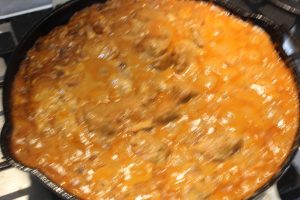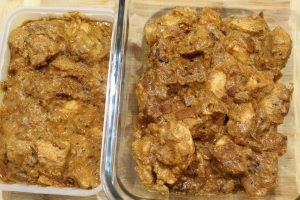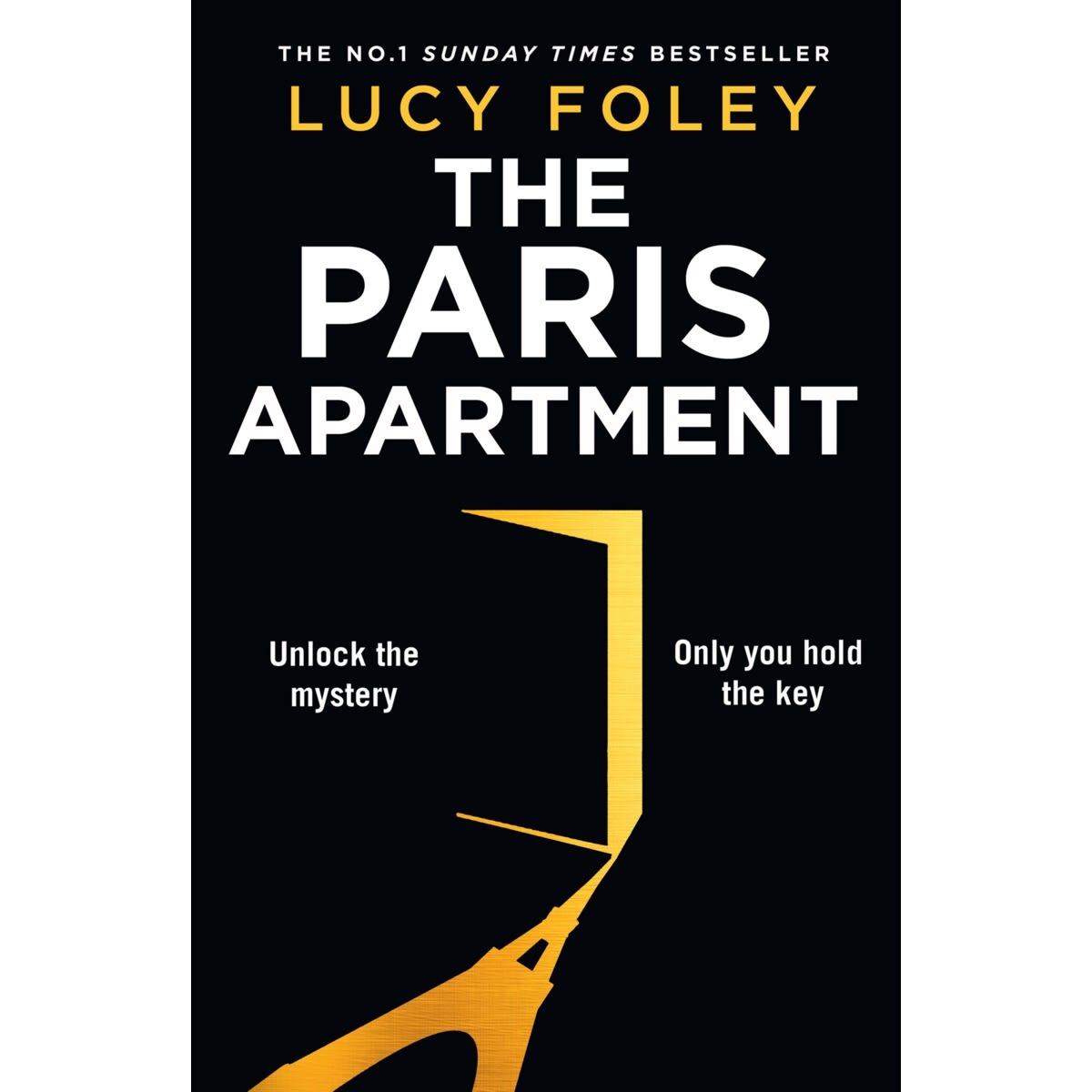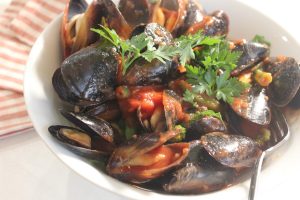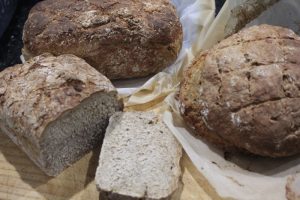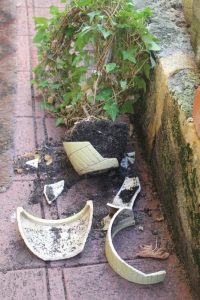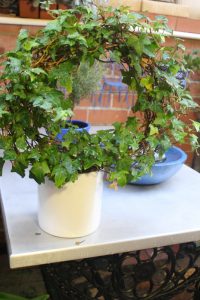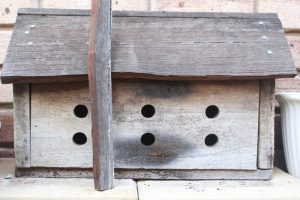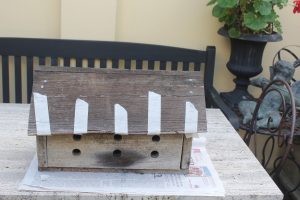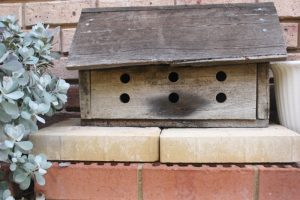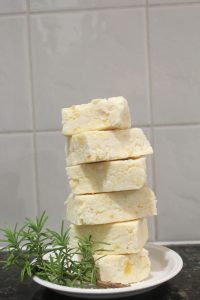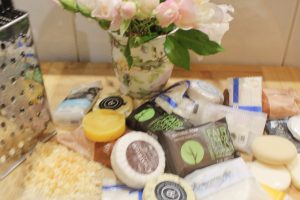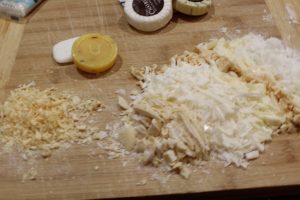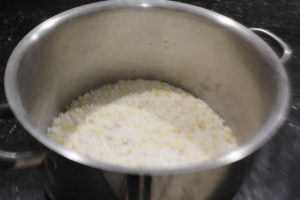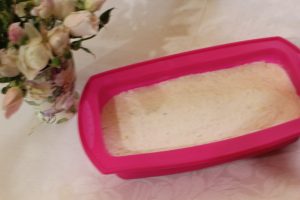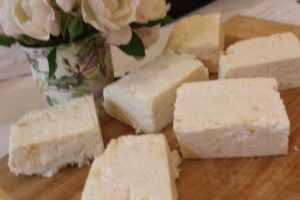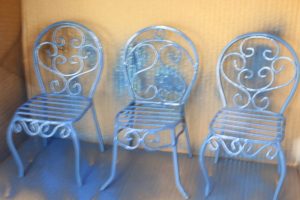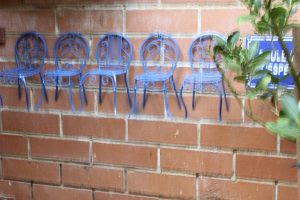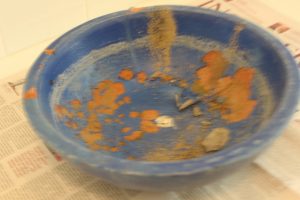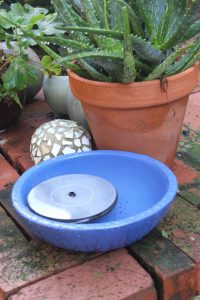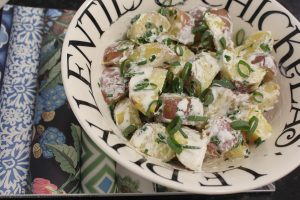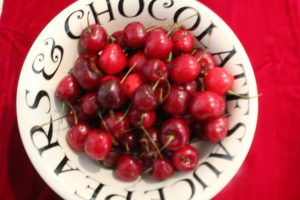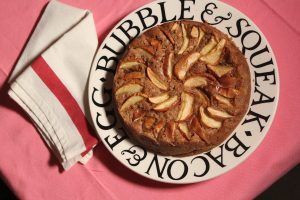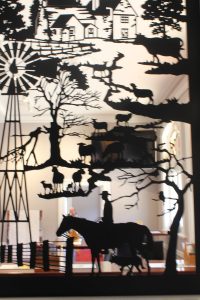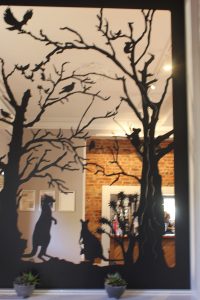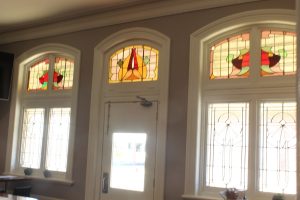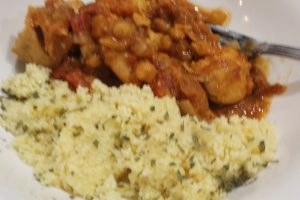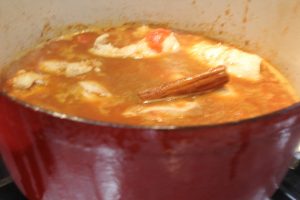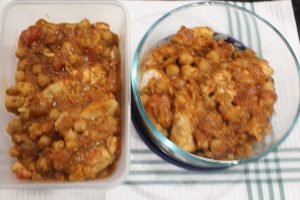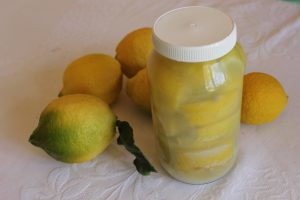sorting
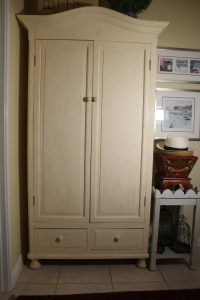

This very lovely armoire hides a dreadful mess! Tucked neatly into a vestibule I’m glad it has doors to hide the chaos within. This is where I keep my art, craft and ‘it might be useful’ things. Once tidy with labeled storage boxes it now resembles a danger zone. I didn’t know where to start and wouldn’t have even tried to sort it out except the other day I opened the door and a box of pastels fell out. They made a mess and some broke. Not good.
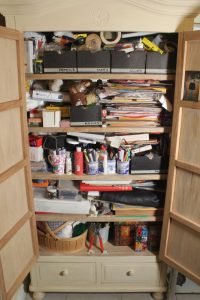

Thought I’d deal with the paints first as most of them were in boxes or bags or palettes. Some were immediately binned as the tubes were solid, some I tried to use and some I’ve put aside to investigate later. One small palette (origin unknown) reminded me of the compact traveling boxes people I know take with them to capture views during their travels. I’d like to do that, too. Tried them. Despite the lovely colours, actually the paint was thin and disappointing. Bin.
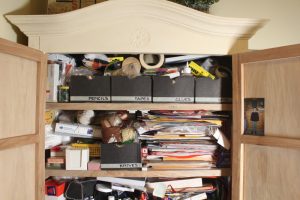

Other paints also found their way into the bin. The tubes with cracked and crumbled paint went but some others are sitting, waiting to be tested. Interestingly, I found oil colours from my student days which are still usable and acrylics of unknown origin which are in good shape. The tin of aquarelles will compliment a huge box I have and use frequently. I sharpened them with a sharpener found amongst the jumble and I remember writing my son’s initials on it 27 years ago. It still sharpens well.
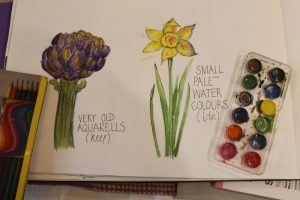

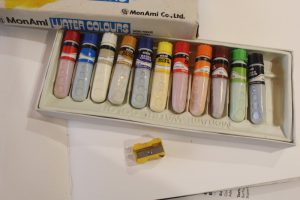

I’d like to say I persisted and sorted and organised the contents of the armoire, but I didn’t; I was distracted by the treasures within for hours. And there is the problem, what do I need to keep, what might be useful and what if I want that sheet of textured red card in the future? A work in progress but I’m glad I can shut the doors. I think next time I’ll focus on the drawers at the bottom. They are full of my husband’s photos.
plastic free july
We must reduce our reliance on plastics. I like to think progress is being made, especially in first world countries. Well, maybe. I’ve just seen announcement in the paper informing us that the President of the United States, Joe Biden, has Covid. In the photograph heading this item is a photo of Biden with a plastic water bottle on his desk.
China is the World’s biggest polluter (10 065 million tons of CO²), followed by the United States of America (5 416 tons of CO²) and then India (2 645 tons of CO²). The next three are Russia, Japan and Iran. Plastic Free July encourages people to be part of the solution by reducing the reliance on single use plastics. I know many, many Americans are working towards reducing their use of plastic but apparently not their President.
australia’s coastline.
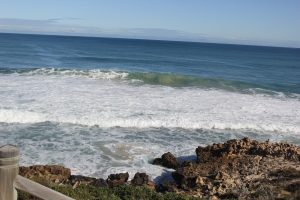

Australia is the sixth largest country in the World. In fact, Australia is almost the size of mainland USA! The middle of Australia is arid. The greatest population concentration is around the coast. It is estimated that it would take almost 29 years to visit one new Australian beach everyday. There are at least 10 685.
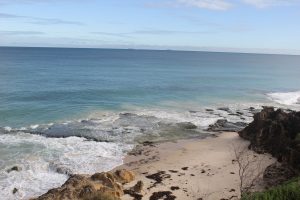

This morning was warm and sunny after days of (much needed) rain, so we set off along the coast. We started at South Cottesloe Beach, famous for being the best place to view stunning sunsets. We then progressed one beach at a time until we reached Mindarie. We sat in the sun eating lunch and drinking coffee before being lured into the gelato shop. A slight wind but beautiful views of the water.
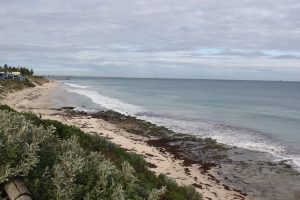

The coastline of Australia is about 34 000 kilometres (21 000 miles) although different sources vary slightly in length. The coastline includes more than 1 000 estuaries. The Indian, Pacific and Southern Oceans surround different parts of Australia’s coastline.
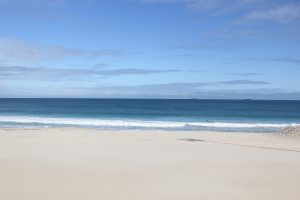

European exploration and discovery highlighted how treacherous parts of the coast can be, with many hidden reefs. Early explorers included Dutch, English and later, the French. Sealers and whalers, mostly American and English, had temporary bases on the southern coastal areas of Australia.
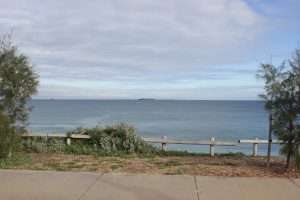

There are over 8 000 known shipwrecks off the coast of Australia although not all of these have been located. The oldest shipwreck discovered is the British East Indian, about 500 tons, wrecked on the Tryal Rocks off the north west coast off Western Australia in 1622.
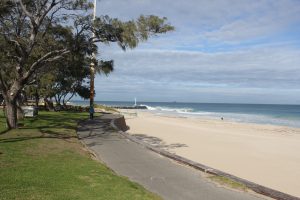

FOOTNOTE
I’ve started tidying the cupboard. I’ve actually done three shelves but not thrown out much stuff. I found so many things I’d forgotten about and feel inspired to begin a few new projects. I sorted envelopes, paper, coloured and plain, plus cardboard into separate piles but then they seemed to take up more room than before I began! I think I need a workroom but the unused rooms are all upstairs and I can’t see that working. Currently the dining room table has potted orchids, a bonsai, some ‘slips’ I’m propagating, a scented candle and a vase of eucalyptus leaves. Also on the table; paints, palettes, brushes, pencils, paper, art blocks, feltpens, blotting cloths and so many other things to do with my artworks. Now you know why I think I might need a workroom.

